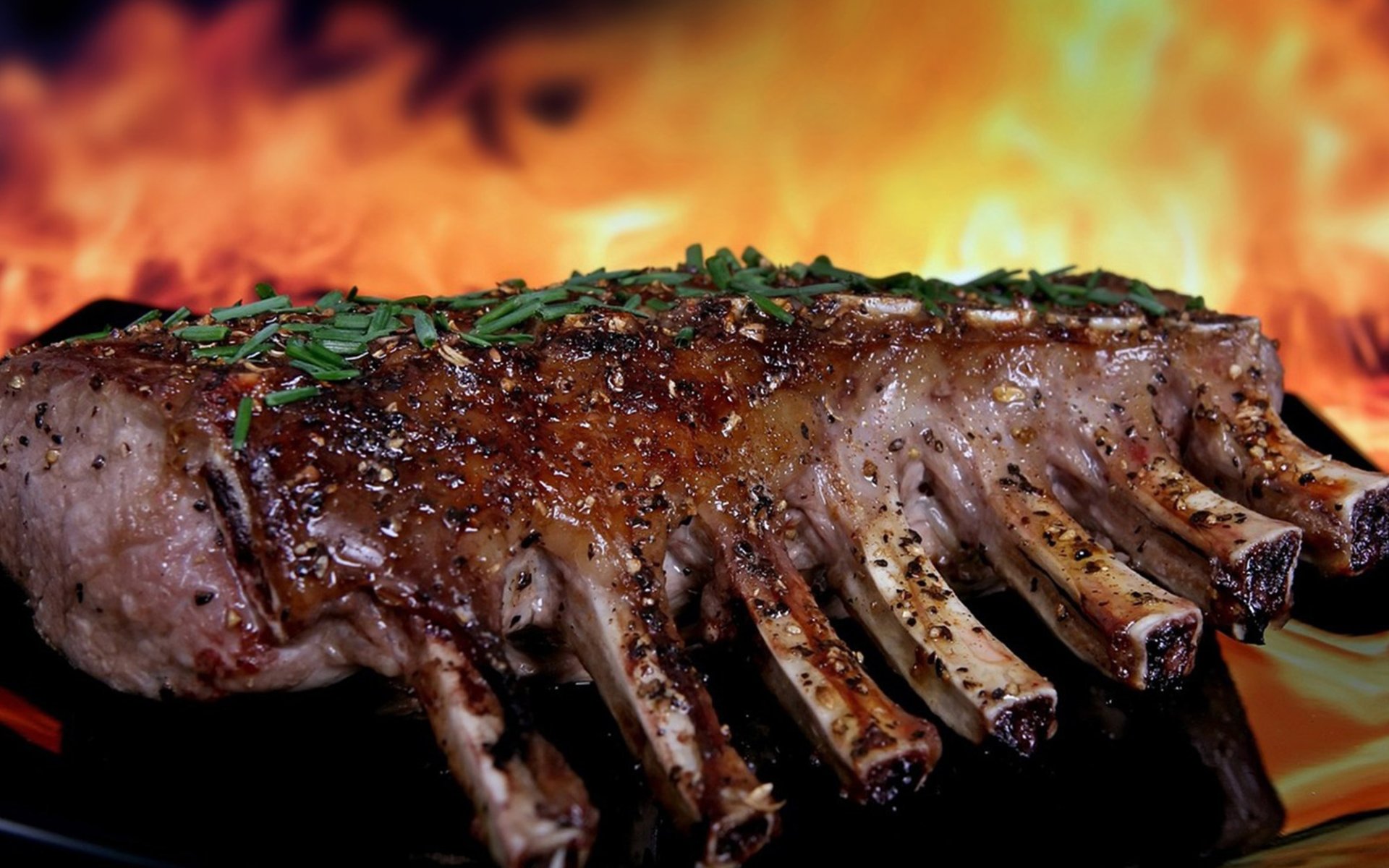Barbecue

Barbecue is a culinary tradition passed down through cultures worldwide. Its origins can be traced back to ancient civilizations. In prehistoric times, evidence suggests that humans cooked meat by slow-roasting it over fire and smoking it. The ancient method of fire-roasting was actually developed by early humans for food preservation, as drying the meat would turn it into jerky. However, before fully drying, they would consume some of the meat as barbecue, then preserve the rest as jerky.
Barbacoa: The Origin of the Barbecue Legend
In the late 15th century, Christopher Columbus sailed to various lands and encountered indigenous people in the Caribbean. During this encounter, he learned about a cooking technique called Barbacoa, which involved slow-roasting meat on a wooden framework. This technique is considered the origin of modern-day barbecue.
Upon returning to Europe, Christopher Columbus introduced this technique, and it gained popularity across Spain, France, Germany, and England. By the 17th century, during the American colonial era, European settlers brought the Barbacoa cooking technique to America. In a short time, Americans quickly embraced the delicious taste and cooking method. As the American colonies expanded, Barbacoa became a central part of community gatherings, such as political assemblies, religious events, and social meetings. It was during this period that Barbacoa was transformed and began to be called Barbecue.
American Barbecue Styles: Regional Identity
Over time, various regions of the United States developed their unique barbecue styles, reflecting diverse cultural influences and locally available ingredients. In the southern states, particularly in North Carolina, Tennessee, Texas, and Kansas City, there are various flavors, cooking methods, and sauces.
For example, in North Carolina, whole hogs are seasoned with a vinegar-based sauce and slow-smoked. In Texas, beef brisket is slow-smoked over hardwoods like oak, which imparts a distinctive smoky flavor, and seasoned with salt, pepper, and other spices. This barbecue technique has become a symbol of the famous Texas-style barbecue as we know it today.
From Pioneer Food to an All-American Phenomenon
Although the history of barbecue has earlier connections to Caribbean, African, and European cultures, today, barbecue is celebrated as a distinctly American culinary specialty. Since the 19th century, barbecue has become more accessible to the general public. Restaurants and street food vendors began selling more barbecue. Furthermore, numerous barbecue competitions and festivals emerged. This led to the widespread adoption of barbecue culture in America, making it an All-American activity ever since.
One of the most heartwarming stories of American barbecue involves Henry Perry, dubbed the father of Kansas City barbecue. He opened his barbecue restaurant in the city in 1907, and it became highly renowned. People from all ethnicities frequented his establishment. Despite his reputation as a powerful businessman, his generosity was widely spoken of. Every year, he would host a free barbecue dinner for everyone, even the homeless, with over 1,000 people attending. Even though the entire event cost as much as $500, he continued to host it for free because he felt it was important to give back to the community that supported him.
Barbecue Today: Diverse Forms and Unique Sauces
Today, the culture of barbecue continues to thrive as a globally cherished culinary tradition. From slow-smoking techniques to modern grilling technological advancements, various meat cuts are used for barbecuewhether whole-animal roasts, ribs, or even simple skewers commonly seen in Thailand.
It is said that skewered barbecue originated in Asia. In countries like Japan, China, and Indonesia, there are many skewered dishes, such as Japanese yakitori (grilled chicken skewers) or Indonesian satay (grilled meat skewers served with peanut sauce). These are simple foods that are convenient to buy and eat. This is why Asians began to skewer and grill barbecue.
However, the distinctiveness of barbecue is not limited to grilling techniques; barbecue sauce is also a crucial element that makes barbecue delicious and unique. Each culture has developed its own sauce recipes. While barbecue sauces vary greatly, most contemporary versions share similar components: a base sauce (often tomato-based), a sweetener, an acidic component (like vinegar), various spices, a smoky element, and a hot element like chili or mustard.


